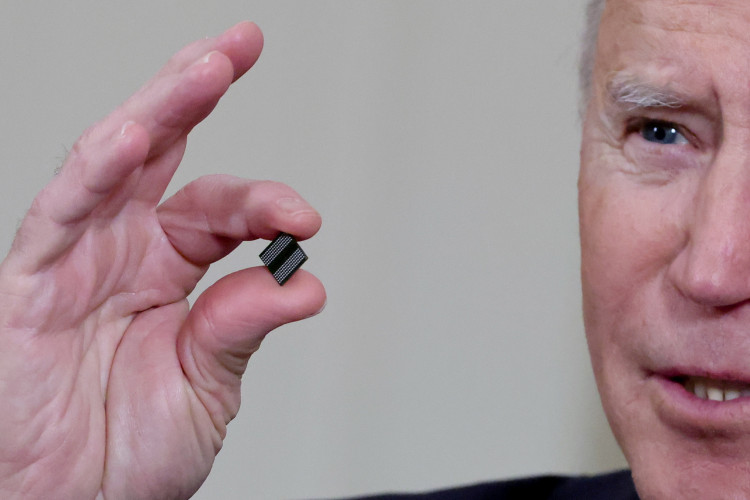In a landmark move, President Joe Biden has unveiled a sweeping executive order on artificial intelligence (AI), marking the U.S. government's inaugural action of its kind. This order is set to monitor and regulate the risks associated with AI while also harnessing its potential benefits. The announcement comes amid growing global concerns about the rapid evolution of AI technology and its implications.
The executive order is comprehensive, requiring developers of potent AI systems to share the results of their safety tests with the federal government before public release. If an AI model under development poses threats to national security, the economy, or public health, companies will be mandated to notify the federal government under the Defense Production Act.
Key Components of the Executive Order
- Safety and Security Standards: The order establishes new safety and security standards for AI. This includes requiring certain AI companies to share safety test results with the federal government, directing the Commerce Department to create guidance for AI watermarking, and initiating a cybersecurity program to identify flaws in critical software.
- Consumer Privacy: It emphasizes protecting consumer privacy by formulating guidelines that agencies can use to evaluate privacy techniques employed in AI.
- Equity and Civil Rights: The order advances equity and civil rights by offering guidance to landlords and federal contractors to prevent AI algorithms from perpetuating discrimination. It also establishes best practices for AI's role in the justice system, especially when used in sentencing, risk assessments, and crime forecasting.
- Support for Workers: The order addresses the potential labor market implications of AI and explores ways the federal government can assist workers affected by labor market disruptions.
- Promotion of Innovation: It aims to foster innovation and competition by expanding grants for AI research in areas like climate change and updating criteria for highly skilled immigrant workers with vital expertise to remain in the U.S.
- International Collaboration: The order emphasizes collaboration with international partners to implement global AI standards.
- Guidance for Federal Agencies: It provides direction for federal agencies' use and procurement of AI and accelerates the government's hiring of AI-skilled workers.
White House Deputy Chief of Staff Bruce Reed stated that this order represents "the strongest set of actions any government in the world has ever taken on AI safety, security, and trust."
Global Implications and Previous Commitments
The executive order builds on voluntary commitments previously secured by the White House from leading AI companies. Fifteen major American technology companies, including giants like Microsoft and Google, had earlier agreed to implement voluntary AI safety commitments. However, the White House believes that voluntary commitments alone are insufficient, necessitating the current executive order for more concrete regulation.
This move by the U.S. government is timely, especially as the European Union is on the brink of approving its regulations governing AI use. The U.S. has been actively collaborating with allies, including through the G7 and UN, to develop an international code of conduct to promote safe and trustworthy AI.





